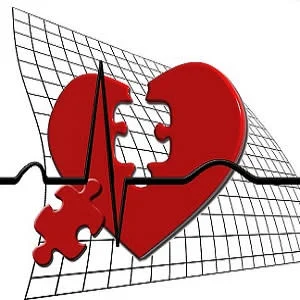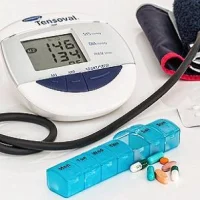Is it cardio-oncology or onco-cardiology? More than the issue of adoption of an appropriate name for this subspeciality, this new and promising field is beset with some rectifiable challenges, according to an article published in the Journal of the American College of Cardiology.
The article traces the origin of this subspeciality, noting that doxorubicin – first produced in 1969 as an improved form of daunorubicin, and used for treatment of various malignancies by the 1970s – helped propel the development of cardio-oncology as a field. "Recognition of its cardiotoxic effects, associated risk factors, and possible preventive strategies are all factors that eventually led to the birth of this important discipline," the article says.
As cancer patients live longer with the development of improved treatments (including chemo-, radiation, endocrine, and targeted therapies), cardiovascular disease (CVD) is a major cause of short- and long-term morbidity and mortality, next to second malignancy. As such, the article says, the field of cardio-oncology is critical for the development of survivorship strategies after the application of successful oncologic therapies, to assure something close to a usual life expectancy in cancer patients and survivors.
Owing to the novelty of this field and its associated concepts – which unusually span two medical specialities – there are administrative, clinical, research-related, and educational challenges that need to be addressed to ensure continued progress in this field, according to the article.
Some of these important challenges are:
• Ownership of cardio-oncology: The fact that these are oncology patients that require oncology health care providers – including nurses, advanced practice providers, and ancillary staff – but are managed by a cardiologist begs the question as to ownership of this medical subspeciality. This often places the onco-cardiologist in the difficult position of being “stuck in the middle” of the two medical sections and divisions, particularly regarding funding of clinical, administrative, and sometimes educational and research-related needs.
• Difficulties with insurance/care coverage: The presentation and mechanism by which cancer therapies increase the risk of CVD in cancer patients differs from that of the general population, and is multifactorial. The difficulty lies in fathoming a billing code to use in, for example, the asymptomatic patient post-radiotherapy that requires coronary evaluation. Even the need for serial echocardiograms in the patient receiving cardiotoxic chemotherapy can sometimes present challenges for coverage.
• Lack of formal training and practice guidelines: Many cardiology fellows-in-training aspire to practise cardiology alone, and therefore reject the seemingly complicated picture of acquiring training in cardiology, with some features of oncology. As such, few make that decision to acquire extra training (no matter how short) to practise cardio-oncology, and even fewer want to be burdened with the job of managing this complex patient population. Also, there are no actual societal guidelines to help standardise clinical practice, despite a few consensus statements. Even then, these limited statements deal mostly with older cancer drugs such as anthracyclines.
• Wide-ranging responsibilities of the onco-cardiologist: Most centres that have a cardio-oncology service employ only 1 onco-cardiologist. The onco-cardiologist is therefore one among a myriad of oncologists spanning various organ systems, with duties that include interacting with oncologists regularly to resolve curbside questions, attending tumour board conferences and providing cardiovascular input, reviewing and interpreting cardiac studies to provide perspective to the oncologist, and helping manage acute cardiovascular needs in the oncology clinic and inpatient setting.
"As the growing population of cancer survivors age, the cardiac side effects of therapy can be expected to compile with common comorbidities," the article notes. "Attention to the issues described herein will ensure the stability and readiness of this important speciality of cardio-oncology to tackle the needs of this distinctive population."
Image Credit: Pixabay
References:
Okwuosa TM et al. (2018) The Cardiologist and the Cancer Patient: Challenges to Cardio-Oncology (or Onco-Cardiology) and Call to Action. J Am Coll Cardiol, July, 72(2). DOI: 10.1016/j.jacc.2018.04.043
Latest Articles
cardio-oncology, cardiovascular disease, onco-cardiology
Is it cardio-oncology or onco-cardiology? More than the issue of adoption of an appropriate name for this subspeciality, this new and promising field is beset with some rectifiable challenges, according to an article published in the Journal of the Americ










